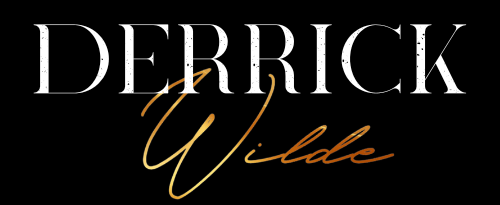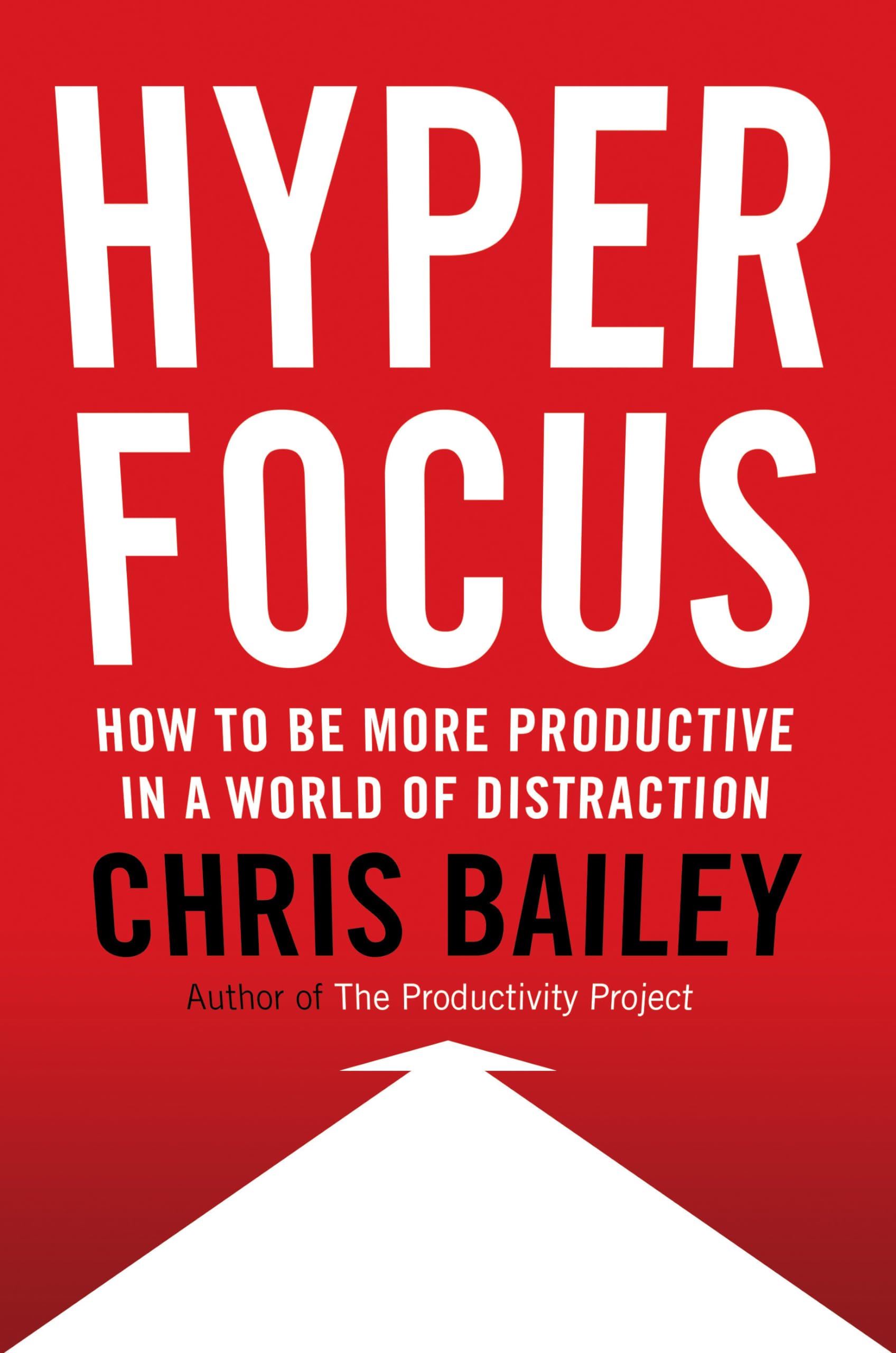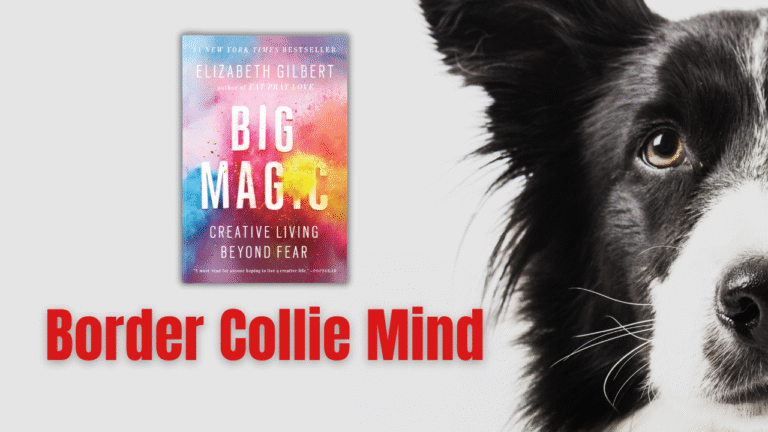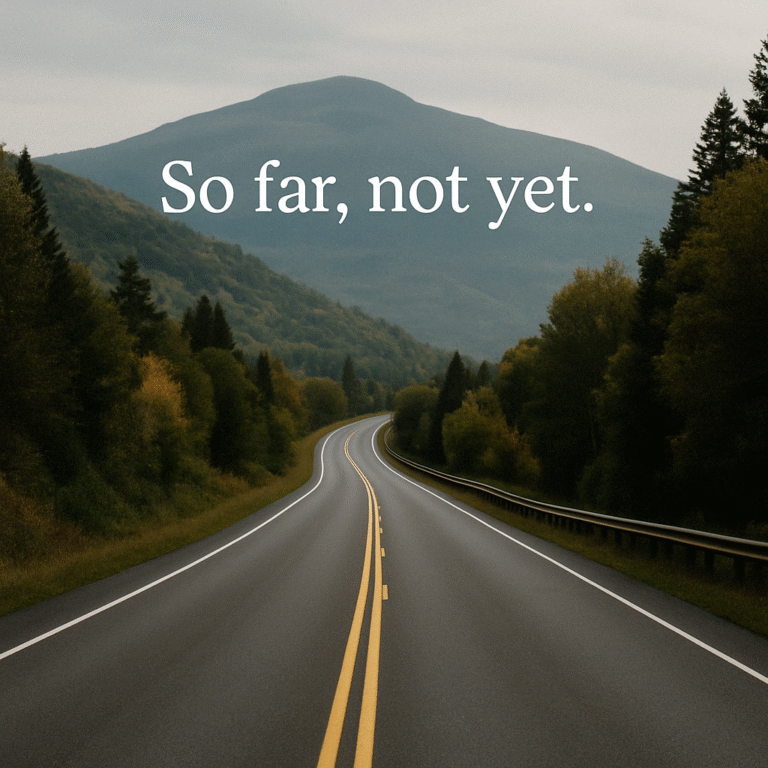What I Learned From Hyperfocus (And a Little Experiment With My Own Attention)
Inspired by Hyperfocus – How to Manage Your Attention in a World of Distraction – Chris Bailey
I didn’t expect to get much from the book Hyperfocus by Chris Bailey—mostly because I’ve already read a lot on productivity. But this one actually made me pause and rethink the way I structure my time. And if I’m being honest, I kind of needed that.
I’ve always been someone who likes systems. I like planning, making things efficient, and getting the most out of my day. Call it a personality trait—or a coping mechanism—but I’m happiest when I’m growing. Moving toward something. Progress is peace to me.
But a few months ago, I was struggling with focus. I even wondered if I had a little ADHD. Maybe I do. Maybe we all do now, in this age of constant pings and pulls for our attention.
I talked to my doctor about it and tried a low dose of Adderall for about a month. It helped. But I realized I didn’t want to rely on medication long-term—not for me, at least. (No judgment to anyone who does. Truly. I barely like taking ibuprofen, so it was more of a personal line than a universal truth.)
That started a little self-experiment.
The 15-Minute Rule
I made a list of everything I wanted and needed to do in a day—around 16 to 20 things. (Yeah, I know.) Then I asked: What’s the minimum I could give to each of these tasks to feel like I touched them?
Answer: 10 to 15 minutes.
So, I gave myself permission to just touch everything daily. No pressure to finish. Just engage. After a couple weeks, I noticed I was getting around 70% of it done most days—around 12 out of the 16 tasks. But more than that, I felt good. I wasn’t burned out. I felt accomplished.
Even the things I didn’t get to felt okay. I wasn’t neglecting them entirely anymore. I was at least staying in relationship with all the things that matter to me, even if just a little.
Diet, Energy, and Flow
Around that same time, I also noticed that my meals were too heavy. Not unhealthy, just… sleep-inducing. So I lightened them up—especially carbs—and that helped me stay more awake and alert in the middle of the day. I started feeling more in sync with my energy waves, which brings me back to Hyperfocus.
The book breaks down attention into different modes:
- Scatterfocus: when your mind is loose, fluid, and open to ideas.
- Hyperfocus: when you can lock into a task with deep attention.
That framework helped me understand my own rhythms better. I realized I wake up early—around 4am—but my brain isn’t ready to hyperfocus just yet. Instead, that early morning window is where my most creative ideas show up. It’s scatterfocus time. So I stopped trying to do heavy tasks then. Instead, I write music. I journal. I just flow.
By the time 8am hits (and the coffee kicks in), I’m ready to lock in. That’s when I do the more technical work—like composing arrangements, editing projects, or building systems. That block usually runs from 8am to 2pm. That’s my zone.
Knowing Your Attention is a Superpower
The biggest thing I’ve taken from Hyperfocus is this:
Your attention is a resource. And you don’t have to be in “beast mode” all day.
Now I structure my day around these attention zones:
- 4–8am – Creative flow and light exploration
- 8am–2pm – Deep work and technical execution
- 2–6pm – Research, ideation, and loose learning
- Evening – Practice, reading, or wind-down activities
I don’t follow this perfectly. I leave room for grace, for family, for interruptions. But having this structure helps me stay connected to what matters without burning out. It also helps me feel like I’m growing—and that’s really the core of it for me.
If I go a whole day without moving something forward—even just a little—it doesn’t feel like a good day. But now I have more ways to define progress, and more space to be human within the structure.
So yeah—shoutout to Chris Bailey. Hyperfocus reminded me that I don’t have to force my brain to do what it’s not built to do. I just need to partner with it.
Resources:
Explore more of Chris Baily’s work: Website
Buy the book here: Hyperfocus – How to Manage Attention in a World of Distraction







